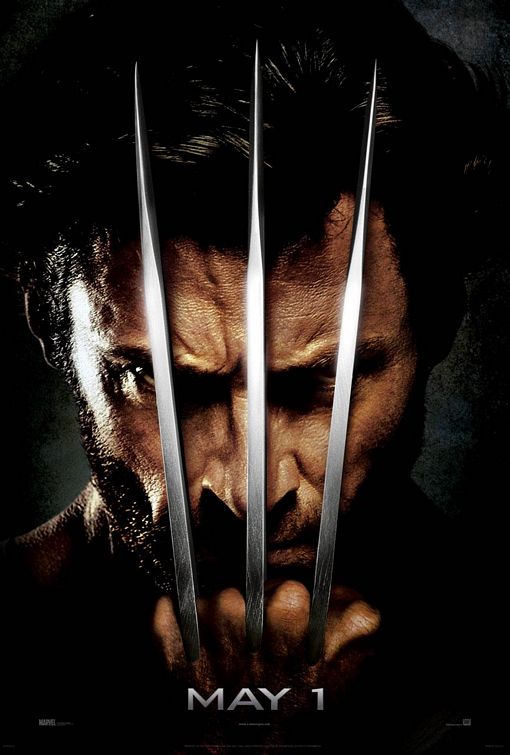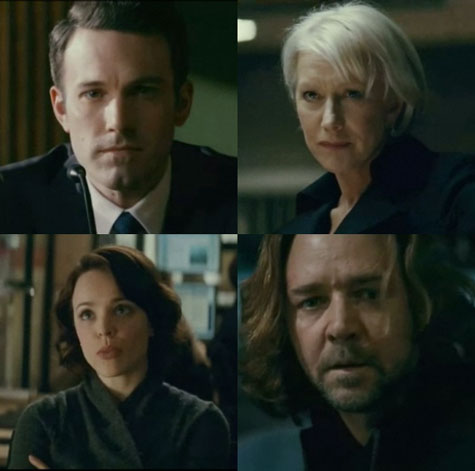
Watching "Star Trek," I am reminded of a line from "The Spirit," (it fits, so sue me) 'the shiny thing to end all shiny things.' J.J. Abrams take on the mythos of boldly going where no one has gone before epitomizes everything the technology of 2009 affords modern film makers. Loud, fast paced and perhaps the most visually stunning movie I have ever seen, this trek into the outer reaches of space has all the adventure of the stars but little of the finesse of its predecessors.
Taking full advantage of the liberties one is allowed with the ultimate deus ex machina of time travel, this is a whole new NCC-1701 with a whole new crew resembling the original cast in little more than name, but for most that is all right. Chris Pine is an uncouth and uninhibited Kirk to William Shatner's more refined version, playing off the likes of Karl Urban, Anton Yelchin and Zachary Quinto as they try to fill out the iconic shoes of DeForest Kelley, Walter Koenig, and Leonard Nimoy as Bones, Chekov and Spock.
At times more over the top than their predecessors, the entire cast tries its best, Star Fleet Officers of 2009 who nevertheless would stand out like sore thumbs in 1966. Of course, this is not a Federation of Planets of 50 years ago, it is instead a voyage through the space lanes for a modern age with a modern feel and modern characterizations. Abrams appears to acknowledge the limitations of capturing icons from almost 50 years ago while making them relevant for the modern age.
Of course, relevance and nostalgia don't mix, the latter traded for the former, appeasing an audience that little remembers the original Kobayashi Maru. Those who look at this incarnation and shout HERESY should be reminded that their love for the original is not enough to bring in the kind of blockbuster box office revenues this new, shiny version promises.
2009 is a very different time from 1966, with new fears and new demands, perhaps less interested in the optimistic and deeply resonant introspection of the original Trekkers and more interested in explosions and gunfights and pretty pretty lights. Boundless fun, you board the Enterprise and leave all previous impressions of its bridge, crew and history in the airlock.
Strap yourself in and enjoy the thrills, Hollywood isn't always as faithful to its past as it should be, but this time at least it has created a movie that is as much supercharged theme park thrill ride as it is story.





